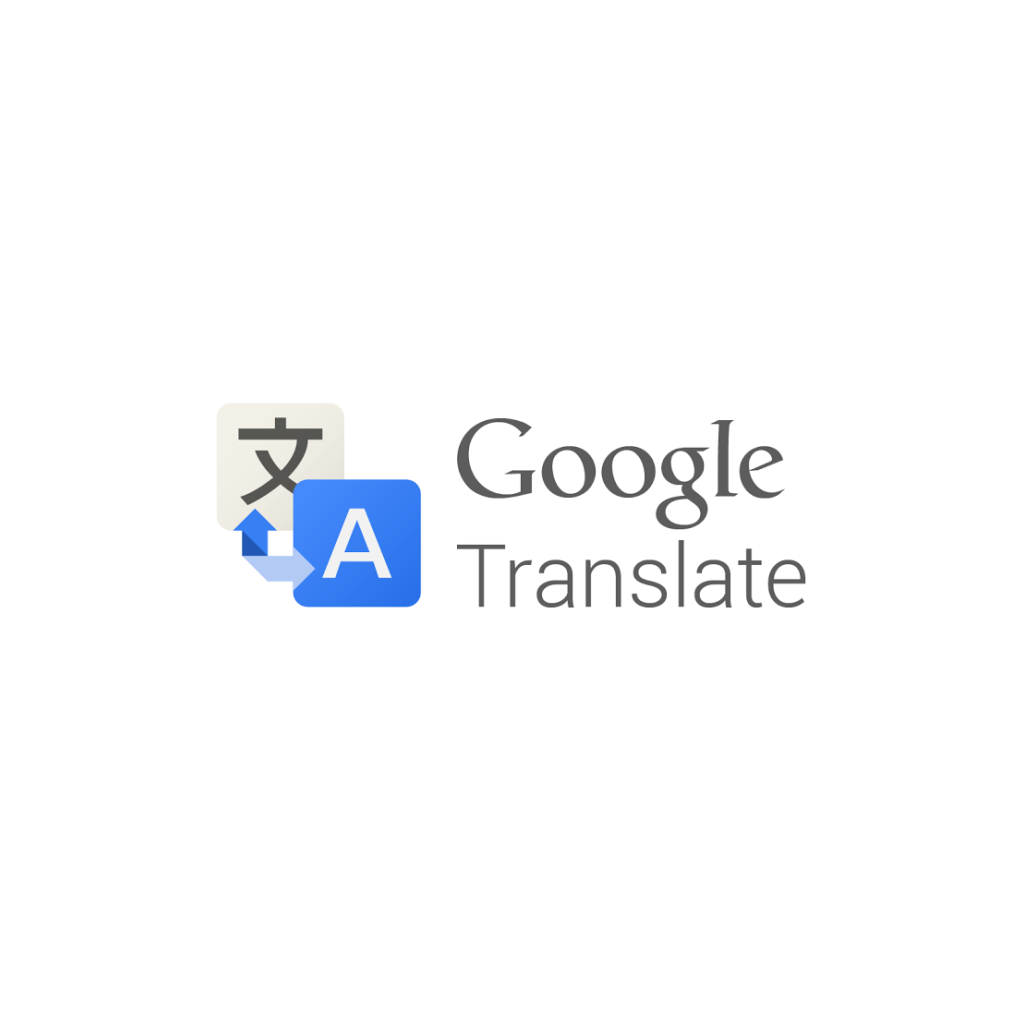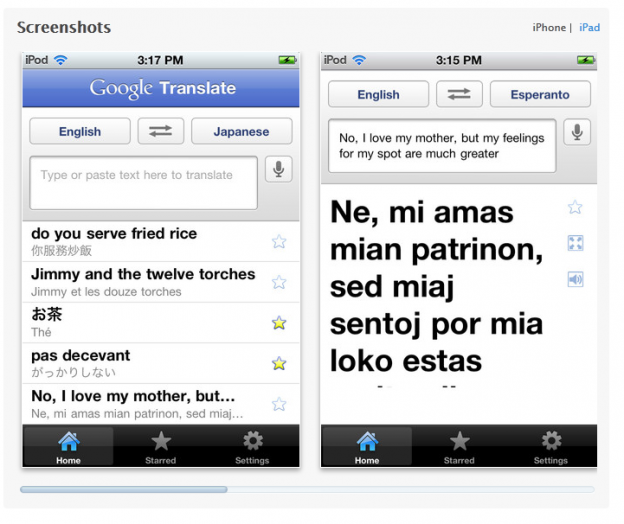

However, for other language pairs, such as between English and Chinese, the standard remained lower despite some improvements.

Google’s own research on the quality of its neural machine translation showed that the quality of translation between Indo-European languages was very high indeed. The quality of the translation very much depends on the language pair in question, the content of the text and what the translation is intended to be used for. But, (and this is a huge but), GNMT is still learning and does not pick up linguistic subtleties perceptible only to the human ear. Millions upon millions of contributions have been fed into the translation machine, which ultimately helps it learn more. The Translate Community is made up of volunteers who review translations and offer short translations of a few sentences. The Google Translate Community works on a similar basis to Google’s Local Guides who provide reviews and information such as opening times and prices for cafés, restaurants and attractions on Google. Google announced their own version of the system, Google Neural Machine Translation (GNMT), in September 2016, marking a significant advance on previous methods such as statistical-based machine translation. In a nutshell, NMT uses millions of sentences previously translated by humans to make links such as gender and number agreement between words at sentence level and then ‘learns’ how to translate similarly structured sentences in the future. Google Translate is based on both neural machine translation (NMT) and human contribution via its Translate Community.įully understanding NMT requires a bit of background knowledge about neural networks and deep learning.


 0 kommentar(er)
0 kommentar(er)
